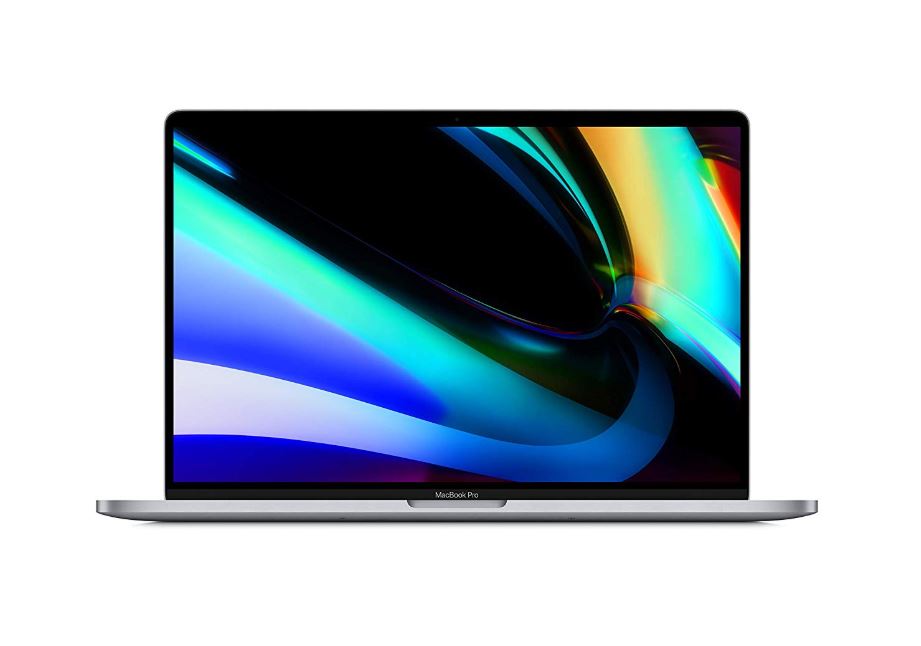MacBook Pro and iPad Pro may get Mini-LED displays in 2020
Is Mini-LED better than OLED?

According to master Apple rumorologist Ming-Chi Kuo, Apple will release new MacBook Pros and iPad Pros with Mini-LED displays by late 2020.
Kuo mentioned this piece of information — which has been rumored for a while now — in a research note obtained by 9to5mac. Both the 16-inch MacBook Pro and the iPad Pro will get Mini-LED display panels, with the tablet getting it in the third quarter of 2020 and the laptop later in the fourth quarter.
Mini-LED is believed to have many of the advantages of OLED without the latter’s burn-in — which basically means that the screens will get some pixels permanently burned with certain static elements, like the menu bar in macOS.
This is the reason why Apple is looking forward to this technology to provide better image quality and power management than the traditional IPS LCD displays now used on its big machines.
What is mini-LED?
The LEDs used in regular LCD panels are about 1,000 micros while Mini-LEDs are in the 200 micro range — just 0.02 inches. Unlike OLED, however, the LEDs are all white and get their color from red, green and blue filters to form the image. OLED pixels, however each have their own color and light. Quantum Dot displays — not to be confused with Samsung’s marketing invention QLED, which works similarly to regular LCDs and mini-LEDs using retro-illumination panels — work similarly to OLEDs but with inorganic compounds. These QD-LED panels, however, are not an option for Apple as they are still in experimental phase in laboratories.
Mini-LEDs can also be locally dimmed in small groups, which is an advance over LCD displays that have a backlight. This increases their contrast and color range. However, they can’t achieve pure black on an individual basis, like OLED pixels do. That’s why, while the mini-LED technology is superior to regular LCD screens, it’s still inferior to OLED in terms of color gamut and contrast.
However, the organic pixels of OLED do have the burn-in problem, which makes them a bad option in anything that has fixed graphic elements. That’s the reason why Apple is looking to adopt mini-LED displays as a way to bump the quality screen of its computers and tablets.
Sign up to get the BEST of Tom's Guide direct to your inbox.
Get instant access to breaking news, the hottest reviews, great deals and helpful tips.
Eventually, everyone will move to another technology called micro-LED, which works basically like OLEDs. Micro-LED offers true blacks and outstanding color gamut without suffering from the burn-in that the organic pixels can experiment.
We have seen large screens that use Micro-LED technology— like Samsung Modular TV — which also provides advantages like true zero-bezel screens and could make foldable phones made of two panels that join seamlessly together. But it still requires further minituarization in order to be packaged in smaller devices like laptops and tablets. Until then, Mini-LED it is.
Jesus Diaz founded the new Sploid for Gawker Media after seven years working at Gizmodo, where he helmed the lost-in-a-bar iPhone 4 story and wrote old angry man rants, among other things. He's a creative director, screenwriter, and producer at The Magic Sauce, and currently writes for Fast Company and Tom's Guide.

